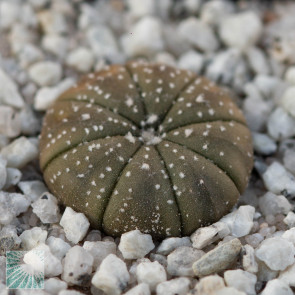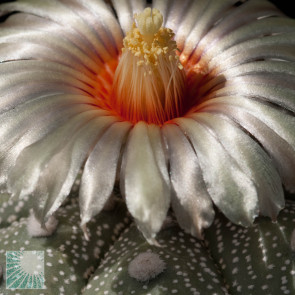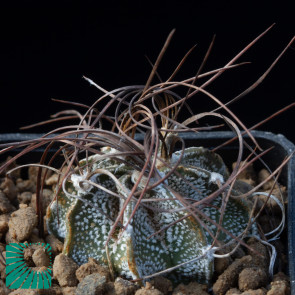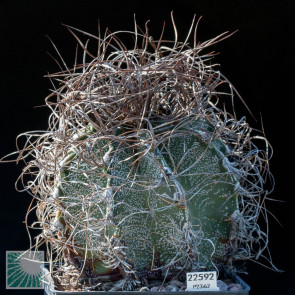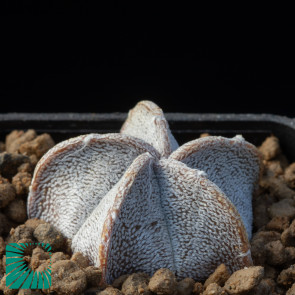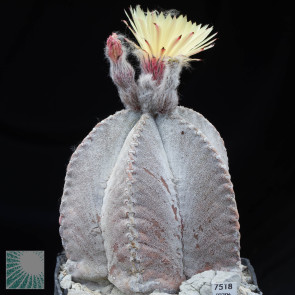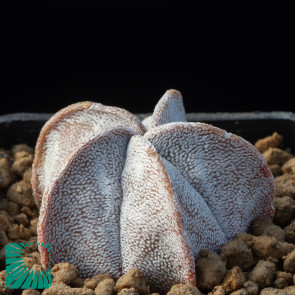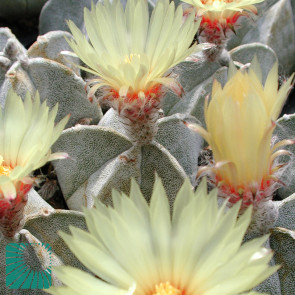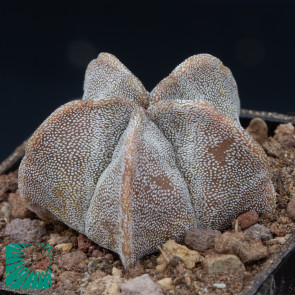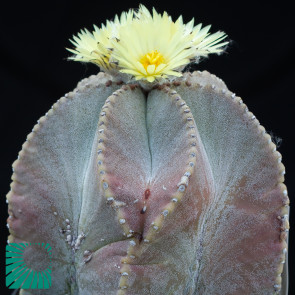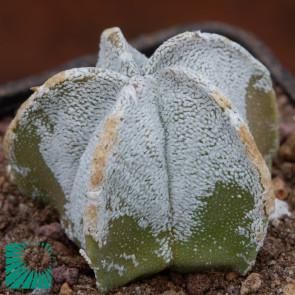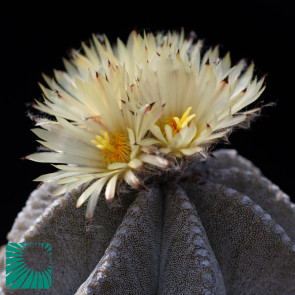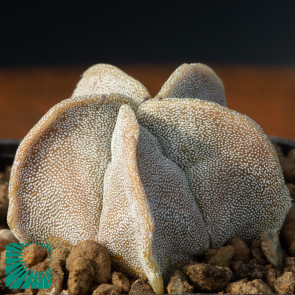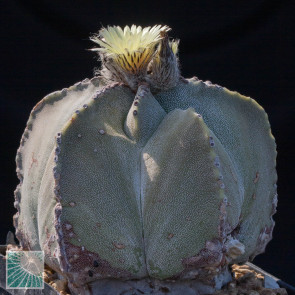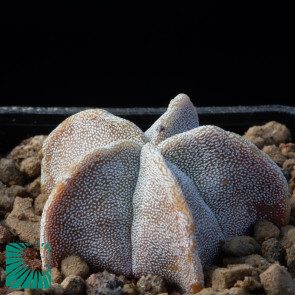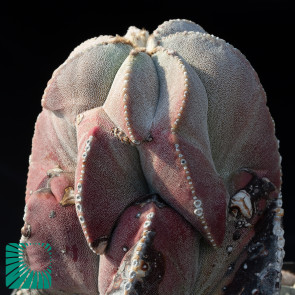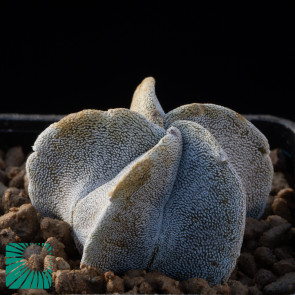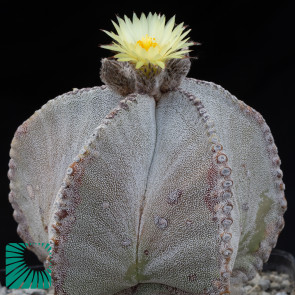Astrophytum
Globular cacti, strongly depressed or columnar, always solitary. Their name comes from 'aster' = star, as many species have the stem divided into five ribs. Their epidermis is typically dotted with small white waxy scales with a reflective function of solar radiation. Almost all species are Mexican.
GROWING MEDIUM Mixture of lapillus and pumice with a small portion of peat (20%). |
|
EXPOSURE Gradual exposure to full sun in conditions of good ventilation |
|
COLD TOLERANCE Freezing winter temperature with night low below 0 °C (32 °F). |
WATERING Water moderately waiting for the soil to dry. |
|
GROWING SEASON A summer cycle with growth from March to September. |
|
NUTRITION Fertilization low in nitrogen with NPK titre similar to 8:16:32. |
-
Astrophytum asterias
Gonzales, Mexico.
€5.00 -
Astrophytum capricorne var. minus
Saltillo, Coahuila, Mexico.
€3.00 -
Astrophytum coahuilense
€2.00 -
Astrophytum coahuilense
Lerdo, Durango, Mexico.
€2.00 -
Astrophytum myriostigma
Coronel, SLP, Mexico.
€2.50 -
Astrophytum myriostigma var. columnare
€3.00 -
Astrophytum myriostigma var. strongylogonum
Las Tablas, San Luis Poto …
€3.00 -
Astrophytum myriostigma var. tulense
€2.00 -
Astrophytum myriostigma var. tulense
Tula, Tamaulipas, Mexico.
Tula, Tamaulipas, Mexico.
€2.50

